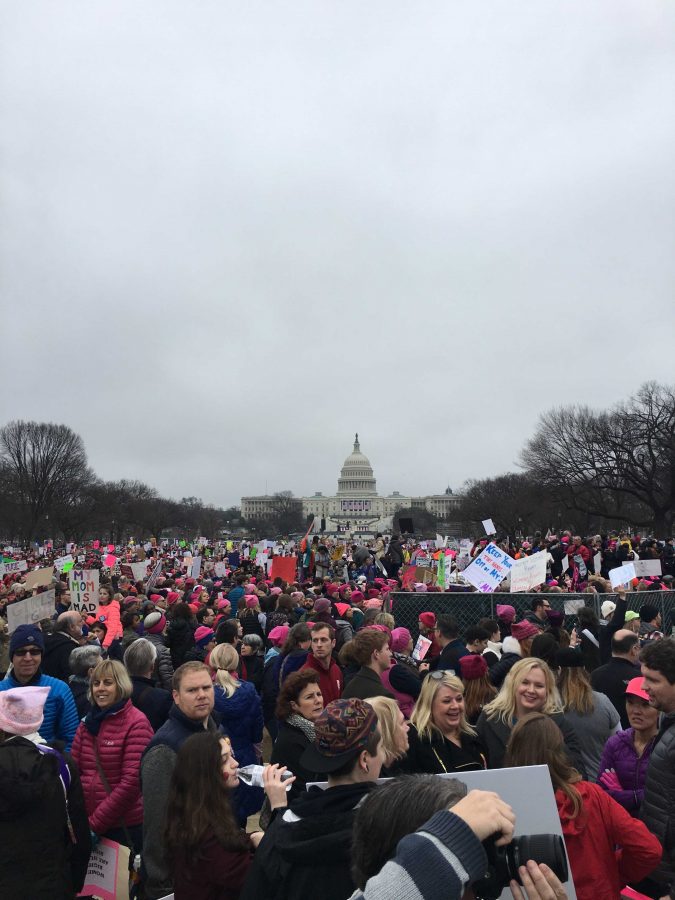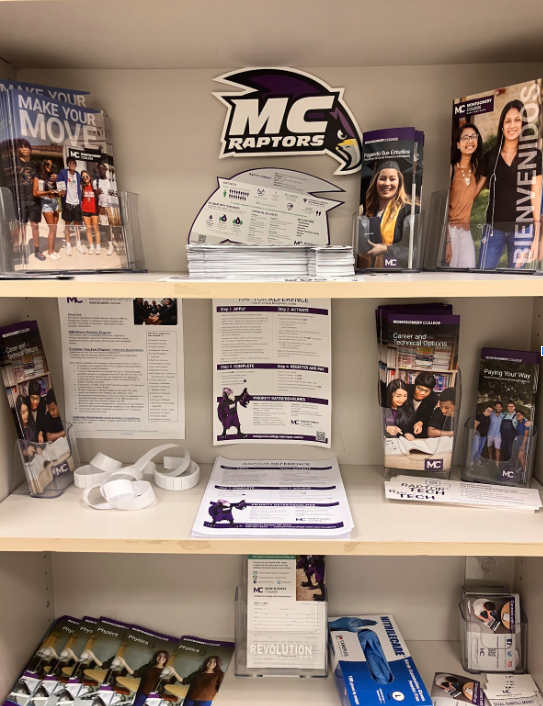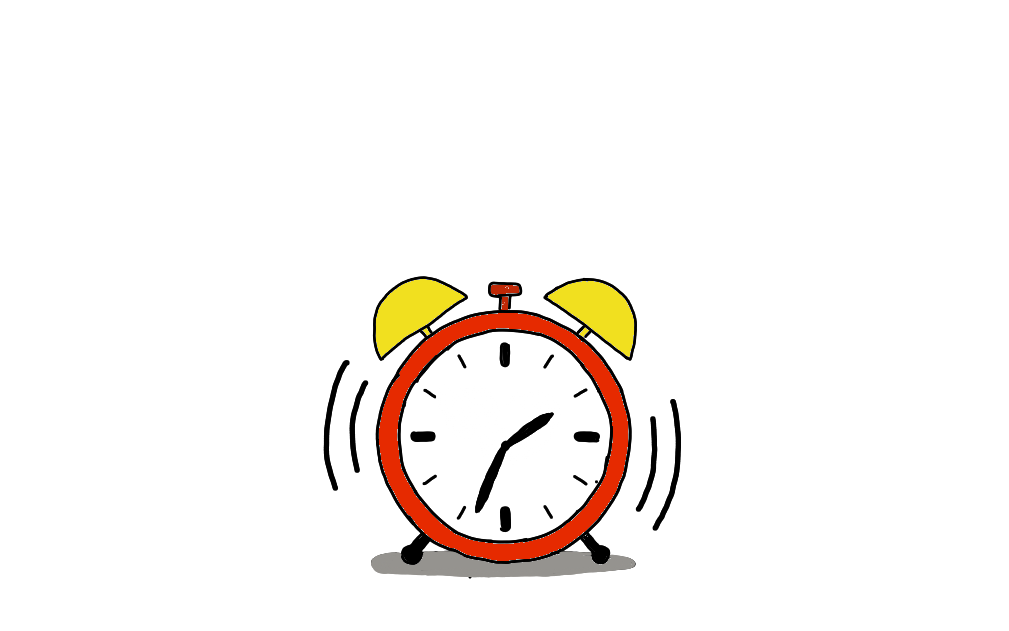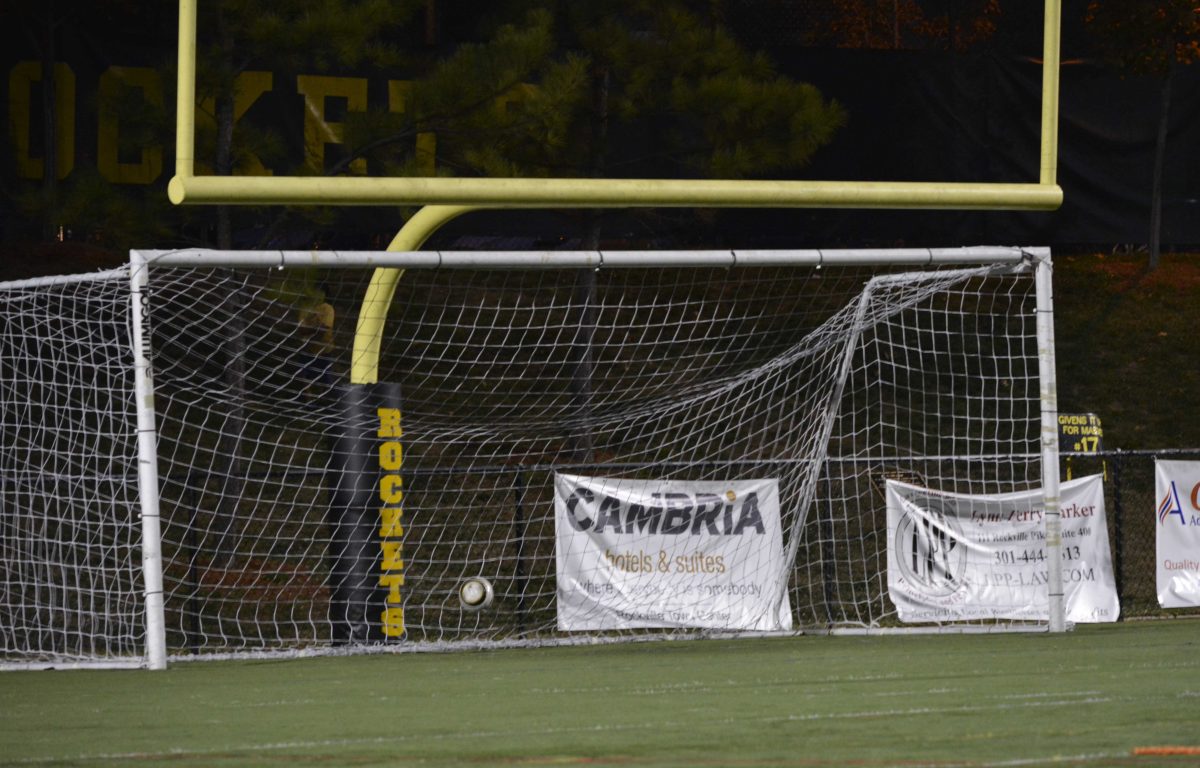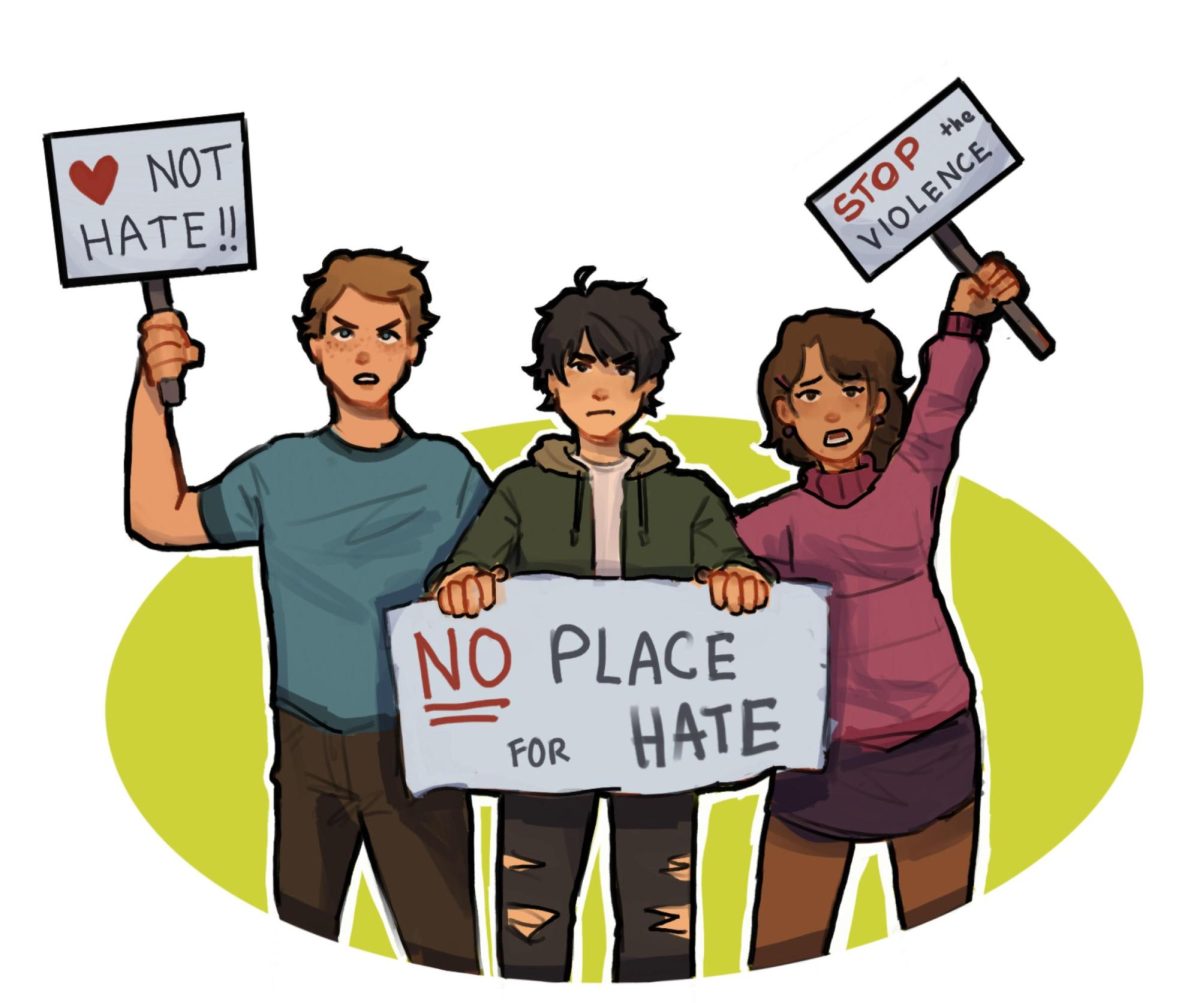On Saturday January 21, hundreds of thousands of people gathered at the nation’s capital to participate in the Women’s March on Washington. After a sickening display of negativity and bigotry on Inauguration Day, the March was an uplifting reminder that many Americans will not stop fighting for justice.
The event consisted of a long rally with a wide range of speakers followed by a march culminating at the Ellipse next to the White House. The organizers aimed to bring together people who wished to express their resistance to the rhetoric of the Trump administration and advocate for universal human rights.
Crowd scientists estimate that around half a million people participated in the March on Washington, while between 3.2 and 5.3 million took part in sister protests around the country and world. Even using the lowest estimates, the March was the largest protest in American history.
As soon as I heard about the March, I knew I wanted to attend. In the days leading up to the election, I volunteered for the Clinton campaign in Youngstown, Ohio. I knocked on doors to persuade registered Democrats to vote and informed them about how to access their precincts. The day of the election, I worked in a “boiler room” to respond to issues that arose in the polling locations. This experience made me incredibly invested in the election.
Trump’s victory shook me to the core. It made me frustrated and confused that so many Americans support such a discriminatory and unstable candidate. The Women’s March was a chance for me to express my resistance to Trump’s “values” in a productive and meaningful way.
The highlight of the March for me was undoubtedly the signs. Everywhere I turned, I would see a sea of witty and homemade posters. Some messages were serious, such as “Women’s rights are human rights,” “Feminism: the radical notion that women are people,” and “Girls just want to have fundamental rights.” Others had a lighter tone, including “I do not like him, Sam-I-Am, I do not like that spray-tan-man,” “Tinkle, Tinkle, Little Czar, Putin put you where you are,” and “I’ve seen smarter cabinets at IKEA.”
Not only were the signs entertaining, but the speakers during the rally were fantastic as well. I was particularly moved by Democratic Senator Kamala Harris’s speech. She said that women are sick of “simply being thought of as a particular constituency or demographic.” Many dismiss “women’s issues” as a narrow slice of politics, but in reality we form over half of the population. Harris’s refusal to be brushed aside as an insignificant member of the community struck a chord with me.
Although these aspects of the March were inspiring, the event was not perfect. There were several divides among the protesters, including a controversy over the fact that the march organizers excluded a pro-life feminist group from their list of partner organizations. Yet these disagreements should not detract from the fact that hundreds of thousands of people united to promote intersectional equality. We cannot be polarized by single issues if we want to achieve change.
The March was a powerful movement, but so was the momentum that has followed it. The organizers encouraged everyone in attendance to participate in a “10 actions / 100 days” campaign. Every 10 days, activists around the world collectively take part in a simple action to fight for issues that they are passionate about.
The collective advocacy that the March has sparked is exactly what this country needs. We must continue to make our voice heard and protest the policies that contradict the most basic principles of democracy. The Women’s March on Washington was just the beginning of a revolution.


